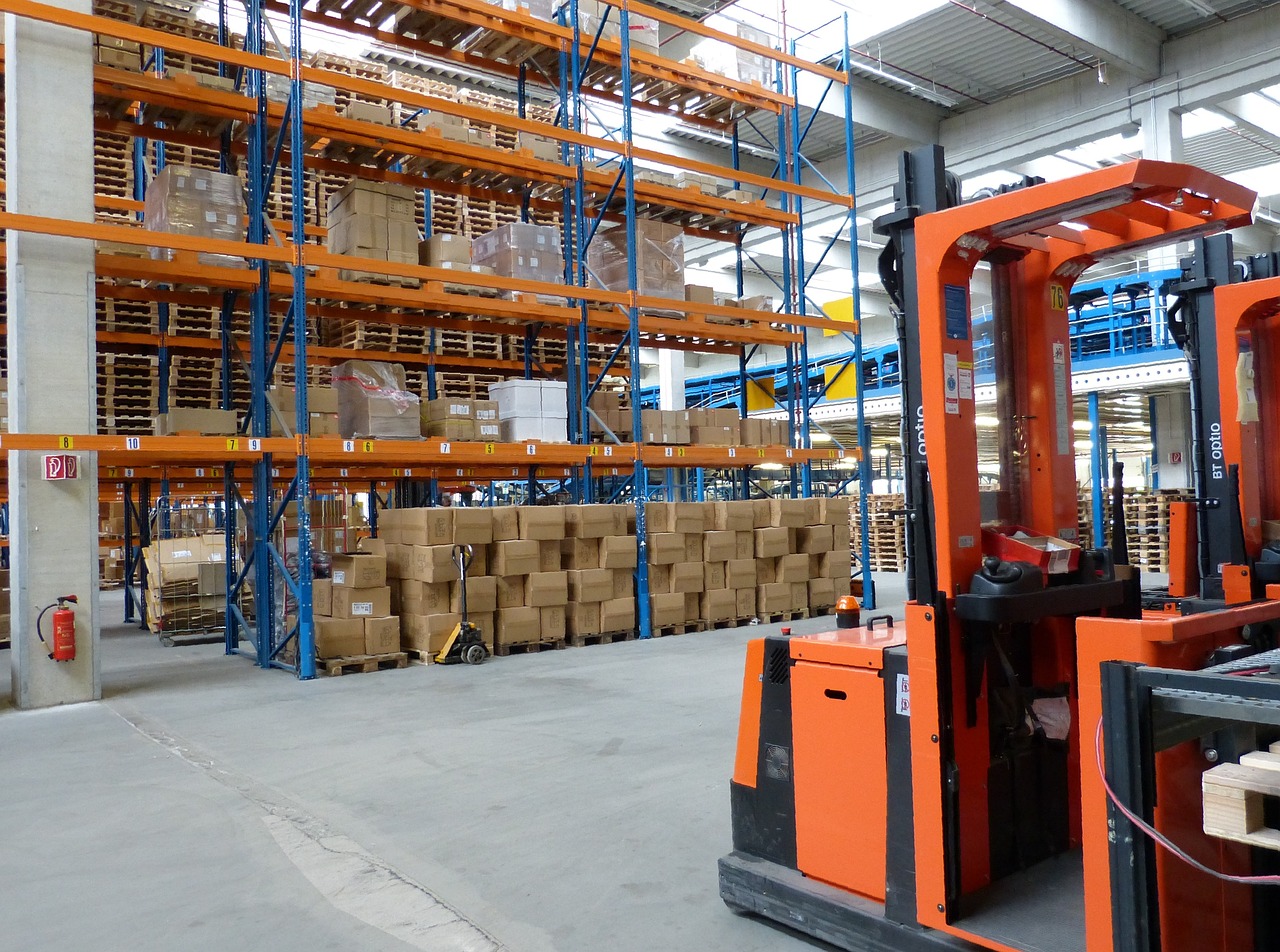The logistics industry is undergoing a significant transformation, and one technology that is set to revolutionise it is Business Intelligence (BI). Logistics service providers recognise the immense potential of BI in managing the complexities of the supply chain effectively. Failing to address issues promptly can result in reduced margins and increased costs. By harnessing the power of data, businesses can optimise their operations and fulfil clients’ evolving demands. Embracing BI is key to retaining customers and forging strong partnerships in the ever-changing logistics landscape.
To integrate data analysis into logistics activities, it is essential to identify the key performance indicators (KPIs) that are most important. Boltrics conducted research among its customers and identified the six most critical KPIs for logistics service providers. In this blog, we will examine the first of these KPIs, the occupancy rate.
The occupancy rate is the percentage of available capacity that is being used. It indicates how many places are available in a warehouse and how many are in use. The higher the occupancy rate, the more efficiently the warehouse is operating. However, an occupancy rate that is too high can indicate that the warehouse needs to be more significant for the business. According to Tompkins’ Warehouse Management Handbook, an occupancy rate higher than 80% negatively affects warehouse efficiency, as it takes more time to find a storage location, and productivity is compromised. The ideal occupancy rate should be between 85 and 90%, leaving room for unexpected urgent orders.
Calculating the cost of a pallet place is essential in determining the ideal occupancy rate. The cost of storage places varies per distribution centre, and more efficiency leads to lower costs and higher margins. By gaining visual insight into the occupancy rate, warehouse operators can determine whether much of their capacity is unused and take steps to get more assignments or reduce costs through automation. On the other hand, if the maximum occupancy is frequently reached, it may be time to expand or organise the warehouse differently.
Microsoft Power BI is a suite of analytic tools that delivers insight throughout an organisation, and Boltrics provides the branch standard with 3PL and Nekovri Dynamics. This tool lets logistics service providers understand the most critical KPIs, including occupancy, turnover, and stock per period. It offers access to continually expanding datasets, such as insights into margin per storage type and/or transport.
The fourth industrial revolution demands change, and those who do not adapt will eventually become irrelevant. Behavioural change and adaptability are essential, and investing in data analysis and implementing it into all logistics processes can boost efficiency and keep businesses relevant in the evolving logistics sector.
Why Work with Mercurius
“Not only is the Mercurius team helpful and responsive, but they also have a very logical and methodical process that enabled us to keep the process on track, on time, and on budget.” Lori Stone, Finance Controller, Sopheon.
We have over 15 years of delivering high-quality software solutions to various sectors and industries. If you want to take your business to the next level, Dynamics 365 Marketing provides cutting-edge tools that are easy to use and can profoundly impact your growth and success.
Want to find out more? Contact the team at Mercurius today.







